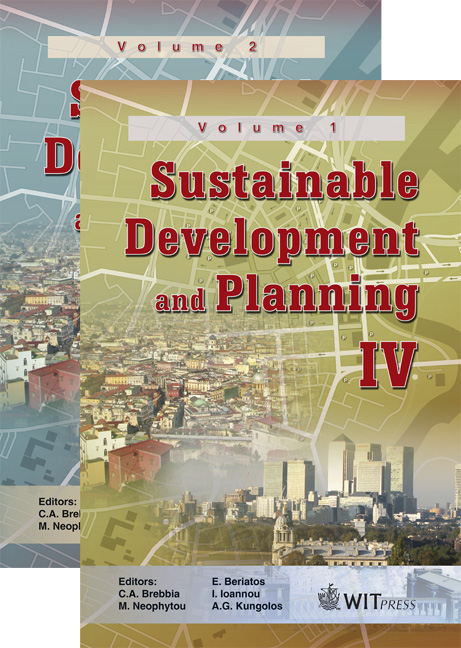Application Of Weak-acid Cation Softener In Radium Removal From Ground Water
Price
Free (open access)
Transaction
Volume
120
Pages
9
Page Range
921 - 929
Published
2009
Size
432 kb
Paper DOI
10.2495/SDP090872
Copyright
WIT Press
Author(s)
A. S. Al-Hobaib & Q. K. Al-Jaseem
Abstract
A pilot scale ion exchange unit, based on a single-bed weak-acid cation exchange resin, was designed and tested in the field to remove combined radium from raw ground water where radium content exceeds the national regulation limits set for radium in drinking water. The resin could efficiently perform 10 resin exhaustion–regeneration cycles, with an effluent/waste ratio of about 138 in each cycle, before 5 pCi/L radium breakthrough. Simultaneous reduction in the total hardness and total dissolved salts was also observed. The waste brine could be environmentally reclaimed. Based upon the obtained results, some conclusions and recommendations are drawn. Keywords: weak-acid cation-exchanger, softener, radium removal, water treatment. 1 Introduction Radium is an alkaline earth metal of high radiotoxicity and commonly found in ground water as divalent cation. The chemical behaviour of radium is similar to that of calcium and magnesium, the principal components of hardness. Thus, processes that are used to soften hard water are useful for removing radium from drinking water. According to the national and American regulations [1, 2], naturally occurring radium exceeds the maximum contaminant level (MCL) of 3 pCi/L for 226Ra and 5 pCi/L for combined radium (226Ra + 228Ra) is reported in some counties of the central province of Saudi Arabia [3]. Activity concentration up to 3.1 and 4.8 Bq/L of 226Ra and 228Ra, respectively, were found, depending upon the well depth. Several habitation sites are randomly dispersed in these counties, including big cities, small towns, villages and minor communities.
Keywords
weak-acid cation-exchanger, softener, radium removal, water treatment.





